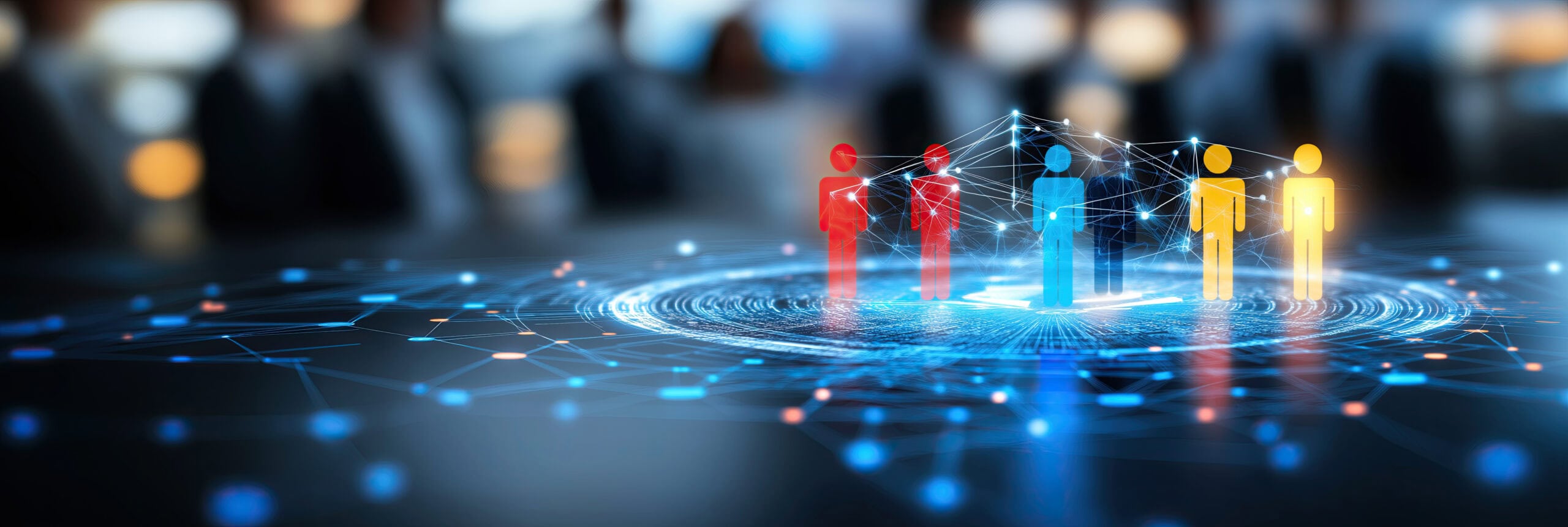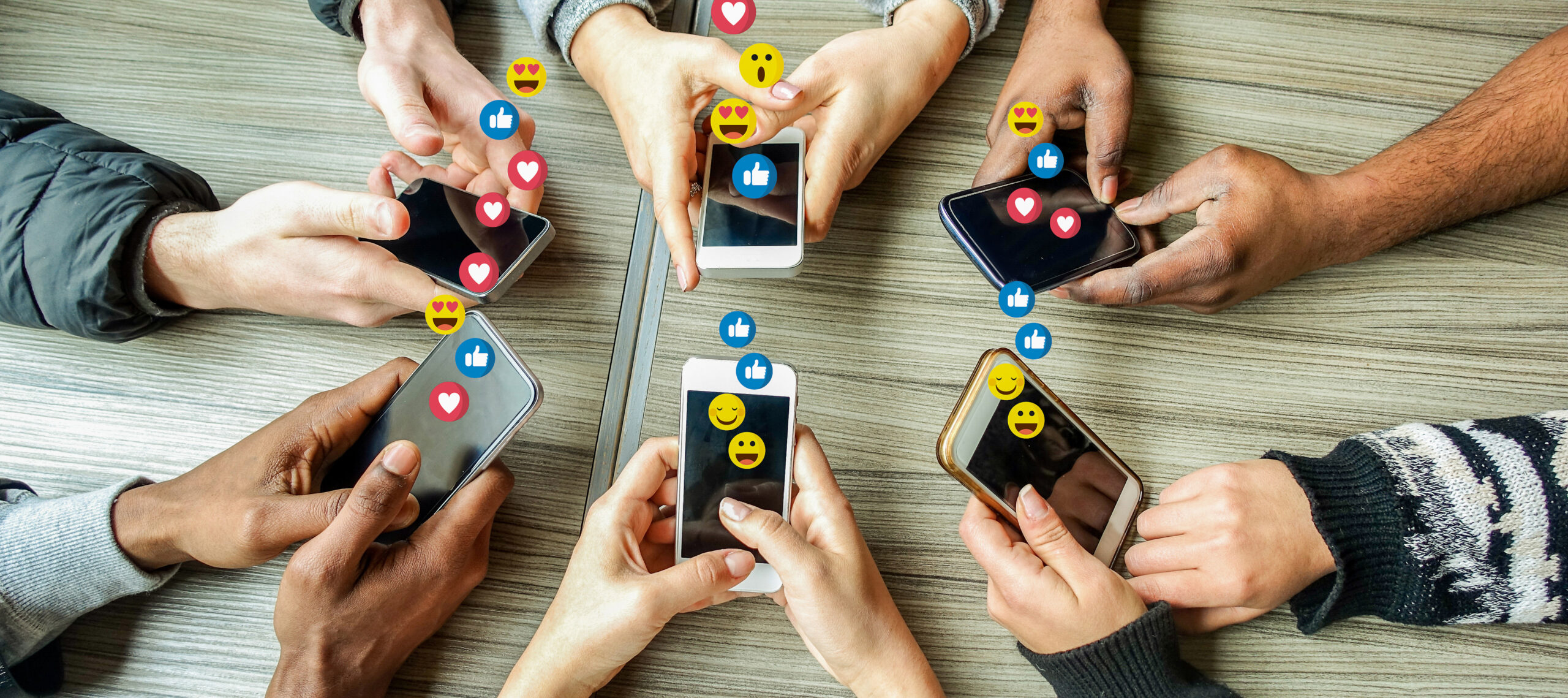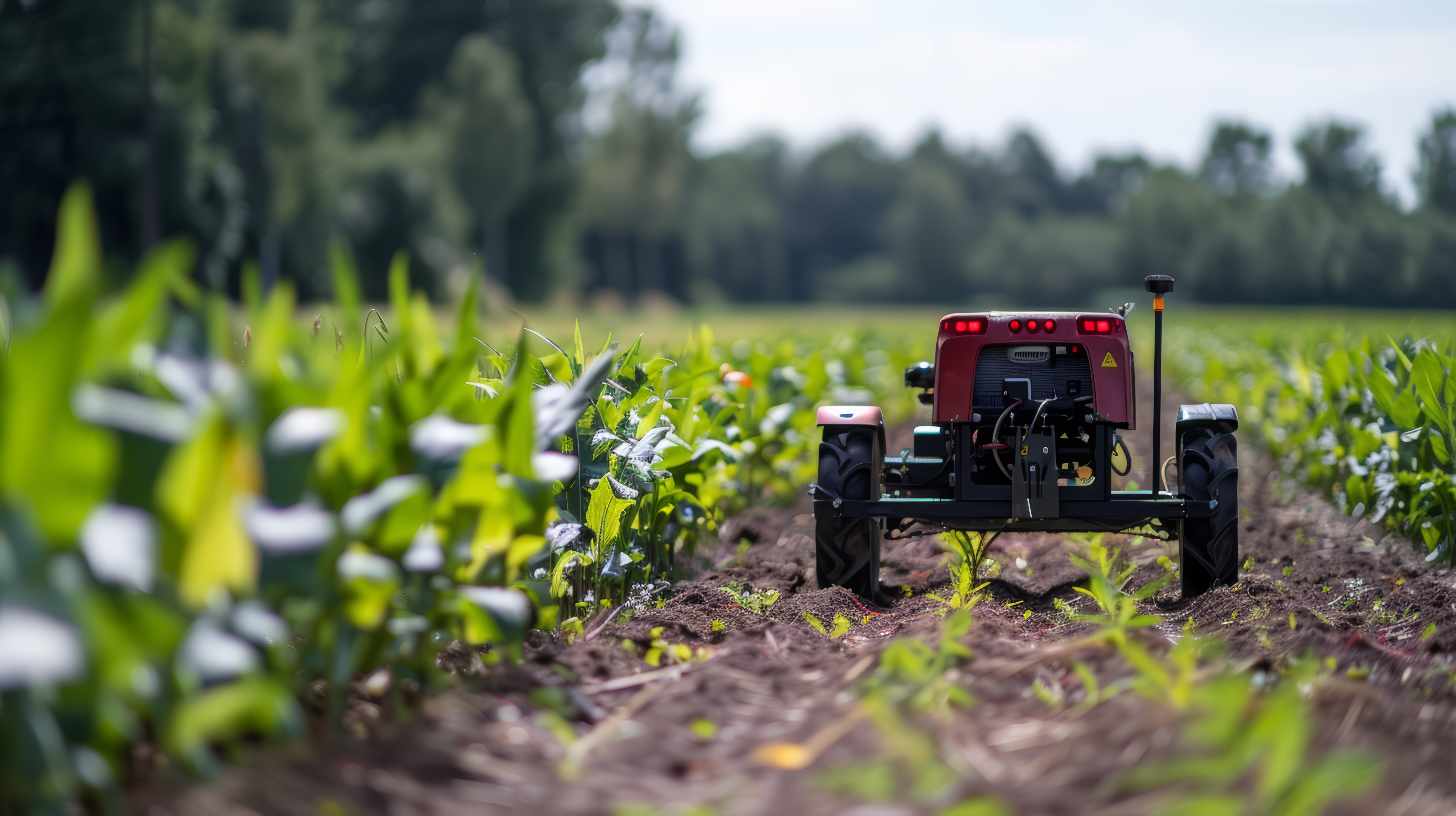What is Experiential Diversity?
Diversity matters when it comes to innovation. But diversity means different things to different people - with two widely recognised types [1].
- Demographic Diversity - characteristics that shape our lives such as gender, race, sexual orientation, religion, place, cognitive disability, and physical disability.
- Cognitive Diversity - how we think about things and solve problems, our learning styles, and individual perspectives.
The reality is that both demographic diversity and cognitive diversity shape many of our lived experiences - but not all. Everyone's experience is unique - the affinities and values that are developed over time, our day-to-day experiences at home and at work, and the sliding doors moments where seemingly inconsequential events and decisions can change the trajectory of our entire lives.
At Interimconsult, we describe the totality of the above as experiential diversity.
Why does experiential diversity matter when it comes to innovation?
In Matthew Syed's book - Rebel Ideas: The Power of Diverse Thinking - he talks about collective diversity. Where innovation is not the result of an individual's brilliance and their individual insights, but the networks that combine people that leads to collective brilliance and collective insights. And organisations that develop this collective capability will innovate faster than those held back by conformity.
Experiential diversity does create a collective experience that is more likely to break down silo-based thinking and echo chambers that inhibit creativity.
At first sight, the aspiration for diversity does not explain why the phenomenon of serendipity has so often been a trigger for generating the new ideas that can be turned into some form of sustainable value – so-called ‘lightbulb’ moments.
However, the more frequent and varied our interactions with people having different lived experiences, the more likely it is that new thoughts, ideas, and perspectives will be developed. The likelihood of individual or collective light-bulb moments - often seen as arising by chance – is increased.
This is serendipity in action and is something that Samantha Copeland [3] defines as ‘discoveries that occur at the intersection of chance and wisdom’ and ‘what we retrospectively interpret as revolutionary breakthroughs typically begin life as rather normal work’.
So the challenge is to increase the number of intersections between chance and wisdom as part of our normal work – and establishing experiential diversity rises to this challenge.
Adjacent Possibilities
One of the most obvious ways that experiential diversity increases innovation is where people cross paths at different times and identify ‘adjacent possibilities’, leading to breakthroughs that combine previously unconnected knowledge, learning, and expertise from different fields. Some examples, that came about from normal work, include:
- Post-it Notes: Spencer Silver, a scientist at 3M, was attempting to create a super-strong adhesive in 1968 but instead ended up creating a weak, but reusable adhesive. Several years later, another 3M employee, Art Fry, frustrated with his bookmark constantly falling out of his book, recalled Silver's adhesive and used it to create the first Post-it Notes.
- Honda Motorcycles: Honda’s plan to enter the premium US motorcycles market to compete with Yamaha and Harley Davidson pivoted when their salesmen were asked about the small Super Cub motorcycles they were using as they travelled around California. Their on-the-road interactions led to the Honda sales team changing its strategy to sell Super Cubs using the slogan ‘you meet the nicest people on a Honda’.
- Targeted Drug Delivery: The invention of the Scanning Tunnelling Microscope in 1981 at IBM's Zurich Research Laboratory allowed scientists to visualize and manipulate individual atoms and molecules on surfaces. The interdisciplinary nature of nanotechnology research and development – combining physics, chemistry, engineering, biology, and materials science – has since led to the development of specific nanoparticle drug delivery systems and targeted therapies for individual patients based on the molecular profiles in medicine.
So What?
When thinking about diversity, we should recognise that our whole lived experiences and frames of reference are much wider than those just associated with our own demographic and cognitive diversity. Our unique experiences as human beings, our sliding door moments, and the phenomenon of serendipity make us what we are today, shaping and limiting the way we see the world, consciously and unconsciously.
But when we bring different people with different experiences together, the collective experience increases. Silo-based thinking is reduced and frames of reference changed, creating an increase in the collective capability to innovate.
The challenge for businesses and organisations is how to ensure that experiential diversity is valued and not suppressed by organisational culture, or by forming echo chambers that constrain diverse thinking. The narrower the range of collective experience, the more limited the innovation opportunities.
Just interacting by adopting ‘the water cooler approach’ is not enough. The environment for doing normal work, away from the water cooler, should be one that fosters innovation - all day, every day.
The best results come from being proactive and creating new opportunities that bring people with different experiences together, to share knowledge and perspectives, and leverage their collective wisdom.
If you want to explore this area or any other others relating to innovation, we offer tailored Making Innovation Happen Programmes, Innovation Discovery Workshops, and Innovation Mentoring.
[1] The 3 Types of Diversity That Shape our Identities - Celia de Anca and Salvador Aragon (HBR Review May 2018)
[2] Rebel Ideas, Matthew Syed, 2019
[3] On Serendipity in Science: Discover of the Intersection of Chance and Wisdom, Sarah Copeland (2017), Synthese.




